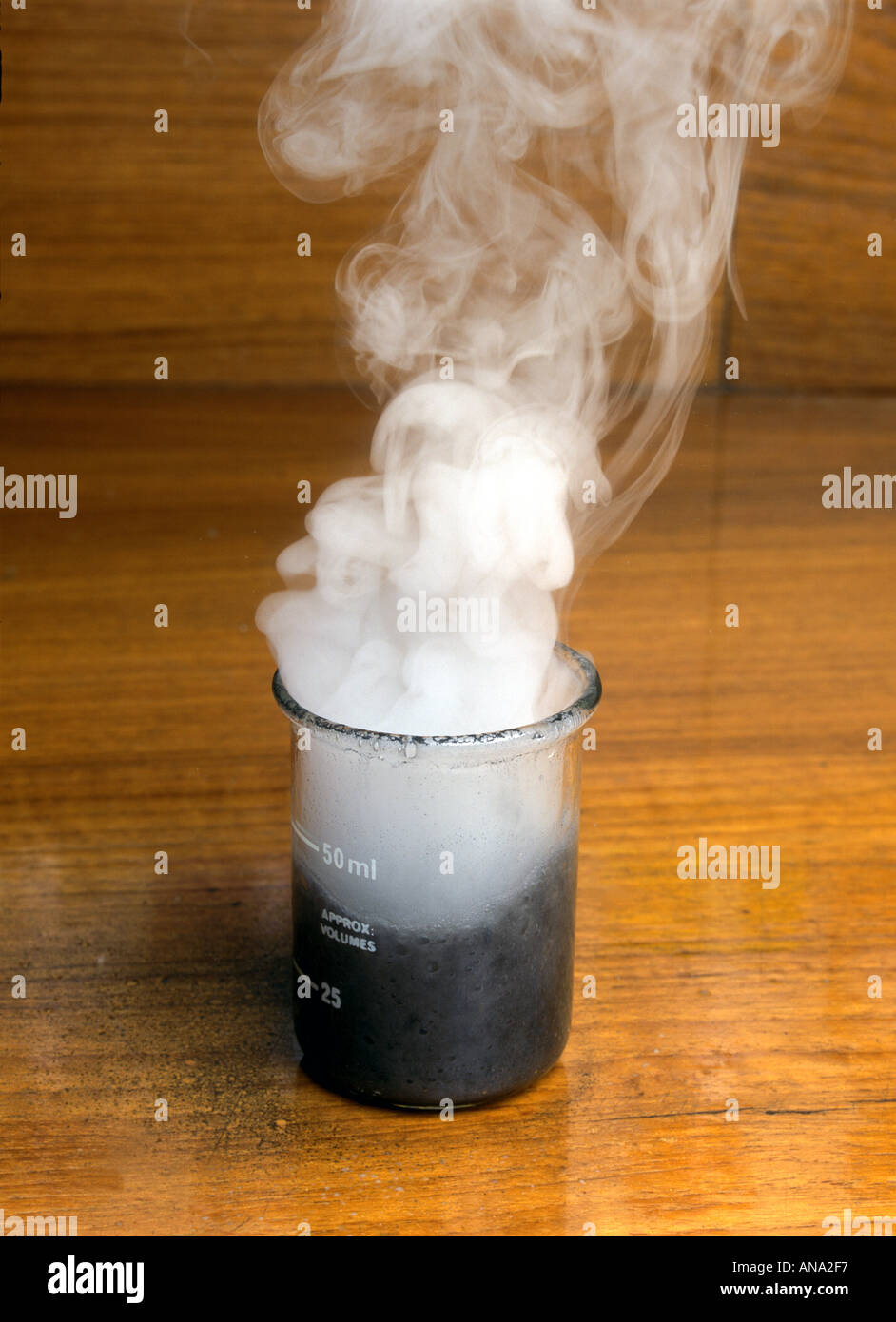

Cosing, the European Commission database with information on cosmetic substances and ingredients. List of Prohibited and Restricted Cosmetic Ingredients.

"In our case, we want to maximize hydrogen peroxide instead, and have tuned our catalyst to do so." "A fuel cell minimizes the production of hydrogen peroxide to produce just water with maximized energy efficiency," said Rice postdoctoral researcher and lead author Chuan Xia.

The Rice reactor is somewhat similar to a fuel cell, with electrodes on either side to process hydrogen (or water) and oxygen (from air), feeding them to catalysts on two electrodes sandwiching an ionically conductive porous solid electrolyte.

"Instead of storing chemicals to disinfect pool water, homeowners can flick a switch and turn on the reactor to clean their pools." "Instead of storing containers of hydrogen peroxide, hospitals that use it as a disinfectant could in the future turn on a spigot and get, for instance, a 3% solution on demand," Wang said.
#Hydrogen dioxide free#
"As renewable electricity input gets cheaper, air is free and water is also cheap, our product should be competitive in terms of price. "Our technology delocalizes the production of hydrogen peroxide," he said. Hydrogen peroxide also degrades over time, and has to be stored once it gets to its destination. "Transportation is hazardous and costly because the concentrated compound is unstable. "Industrial hydrogen peroxide has to be transported in high concentrations to maximize the economics," Wang said. The compound is produced in industrial concentrations of up to 60% solution with water, but in many common uses, the solution is far more diluted. Hydrogen peroxide is widely used as an antiseptic, a detergent, in cosmetics, as a bleaching agent and in water purification, among many other applications. Hydrogen peroxide synthesis by traditional, huge chemical engineering plants generates organic wastes, consumes fossil fuels and emits carbon dioxide. "We don't need to involve organics or fossil fuel consumption. "If we have electricity from a solar panel, we can literally get hydrogen peroxide from just sunlight, air and water," said Wang. Their electrosynthesis process, detailed in Science, uses an oxidized carbon nanoparticle-based catalyst and could enable point-of-use production of pure hydrogen peroxide solutions, eliminating the need to transport the concentrated chemical, which is hazardous.īy using a solid electrolyte instead of traditional liquid electrolyte, it also eliminates the need for product separation or purification used in current processes, so no contaminating ions will be involved. A reactor developed by Haotian Wang and his colleagues at Rice's Brown School of Engineering requires only air, water and electricity to make the valuable chemical in the desired concentration and high purity.


 0 kommentar(er)
0 kommentar(er)
